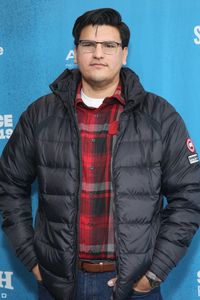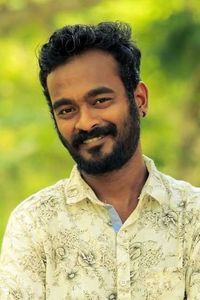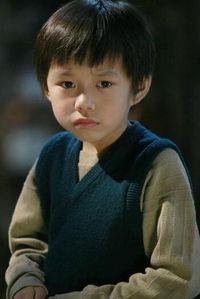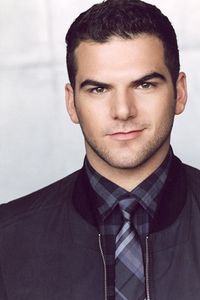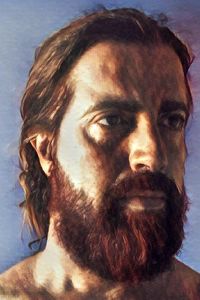Lyle Mitchell Corbine, Jr.'s formative years, spent on and around Native American reservations in Wisconsin and Minnesota, where his father held a prominent position as a casino executive and his mother served as a psychologist, were marked by a shared experience with his peers - a deep fascination with the world of cinema. However, unlike many of his contemporaries, Corbine's initial exposure to film did not extend beyond the realm of mere spectatorship, as he remained unaware of the rich cinematic heritage created by Native American filmmakers until a pivotal visit from Bird Runningwater, a renowned figure from the Sundance Institute.
This encounter served as a transformative catalyst, prompting Corbine to abandon his earlier pursuits in photography and drawing, and instead redirect his creative energies towards crafting his own short films using digital single lens reflex cameras and local crews. The fruits of his labor were soon to be rewarded, as several of his works gained recognition and acceptance at various film festivals, marking a significant milestone in his burgeoning career as a Native American filmmaker.
